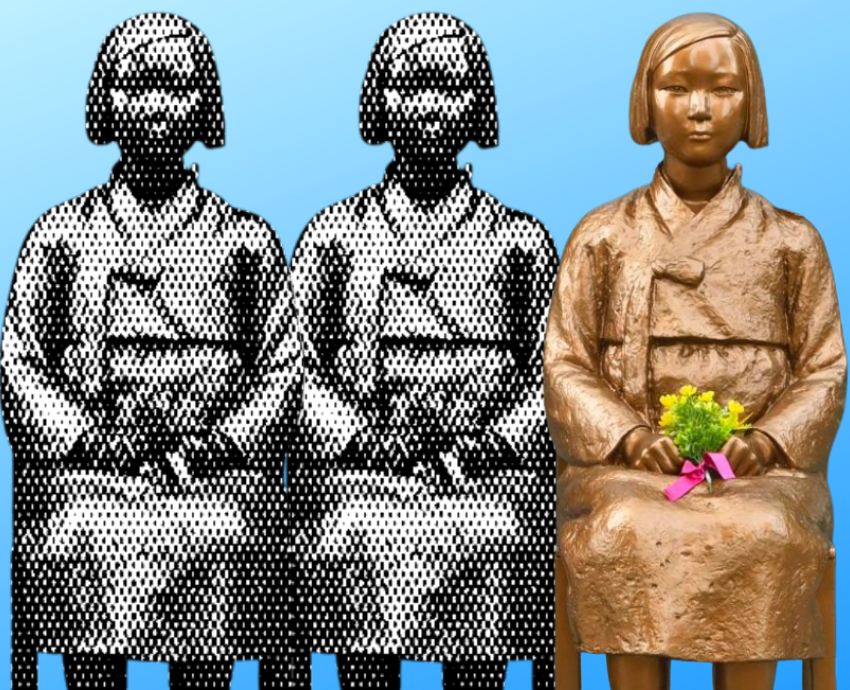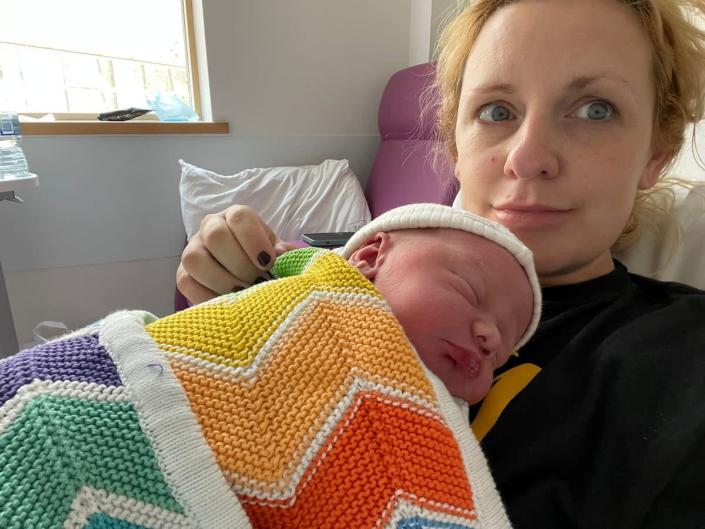This year marks the 70th anniversary of the end of the Korean War.
Much is known about the Korean “comfort women” — a euphemism for women forced into sexual slavery by the Japanese colonial government during World War II. However, newly released South Korean government documents reveal that the sexual exploitation of Korean women continued long after Japan’s colonial rule ended in 1945 — facilitated by the Korean government and in full knwoeldge of the United States military, the New York Times reported on May 3.
“Special comfort women units” were created for South Korean soldiers, and “comfort stations” for United States-led United Nations troops during the Korean War. In the post-war years, many of these women worked in gijichon, or “camp towns” built around US military bases, reported the NYT.
See also
In September, 100 former comfort women won a landmark compensation case against the South Korean government for the sexual trauma they endured. The Korean Supreme Court found the government guilty of “justifying and encouraging” prostitution camp towns “to help South Korea maintain its military alliance” with the US and earn US dollars, reported the NYT.
“It also blamed the government for the ‘systematic and violent’ way it detained the women and forced them to receive treatment for sexually transmitted diseases.”
“South Korea’s history of sexual exploitation is not always openly discussed,” said the NYT. “When a sociologist, Kim Gwi-ok, began reporting on wartime comfort women for the South Korean military in the early 2000s, citing documents from the South Korean Army, the government had the documents sealed.”
Gyeonggi province, the heavily populated region surrounding the capital, Seoul, “considered it ‘urgent to prepare mass facilities for comfort women to provide comfort for U.N. troops or boost their morale,’ according to documents submitted to [the Supreme Court] as evidence.
“The local government gave permits to private clubs to recruit such women to ‘save budget and earn foreign currency’. It estimated the number of comfort women in its jurisdiction at 10,000 and growing, catering to 50,000 American troops.
“When President Richard M Nixon announced plans in 1969 to reduce the number of U.S. troops stationed in South Korea, the government’s effort took on more urgency. The following year, the government reported to Parliament that South Korea was earning $160 million annually through business resulting from the US military presence, including the sex trade…
“Some of the women gravitated to camp towns to find a living. Others … were abducted, or lured with the promise of work. A sex act typically cost between $5 and $10 — money the pimps confiscated. Although the dollars didn’t go directly to the government, they entered the economy, which was starved for hard currency.
“A South Korean newspaper at the time called such women an ‘illegal, cancer-like, necessary evil.’ But ‘these comfort women are also frontline warriors in winning dollars’ it said.
“Often, newcomers were drugged by their pimps to cope with the shame.
“Society mostly dismissed such women as yanggalbo, or ‘whores for the West’, part of the price of maintaining the U.S. military presence in the country after the war.
“The officials who called us patriots sneered behind our back, calling us ‘dollar-earning machines’,” said one of the women who brought the suit to the Supreme Court.
Why were US troops in South Korea in the first place? The US first invaded Korea in 1945, a consequence of the victory over Japan in WWII. During the war, there was a left-wing resistance movement against the Japanese occupation. This movement had connections with the Chinese Communist Party, which was also fighting the Japanese who occupied part of China.
This movement was suppressed in southern Korea by the US. In Korea’s north, Soviet troops moved in, blocking the US from occupying the whole peninsula.
US troops have remained since 1945 in what became South Korea, while the Soviet troops withdrew from what became North Korea.
The US’ aim in the Korean War which began in 1950 was to confront the new China that emerged in the 1949 revolution. When US forces swept through North Korea and approached China’s borders, China sent troops into the battle. The resulting stalemate consolidated the two nations of North and South Korea we know today.
While the US military was fully aware of South Korean comfort women being provided for US troops during the Korean War, it was not concerned about the abuse these women endured at the hands of pimps and US soldiers, but was more concerned about controlling sexually transmitted diseases (STDs) among its own troops.
“The women described how they were gathered for monthly classes where South Korean officials praised them as ‘dollar-earning patriots’ while US officials urged them to avoid sexually transmitted diseases,” said the NYT. “The women had to be tested twice a week; those testing positive were detained for medical treatment.
“Under the rules US military and South Korean officials worked out, camp town women had to carry registration and VD [STD] test cards and to wear numbered badges or name tags, according to unsealed documents and former comfort women.
“The US military conducted routine inspections at the camp town clubs, keeping photo files of the women at base clinics to help infected soldiers identify contacts. The detained included not only women found to be infected, but also those identified as contacts or those lacking a valid test card during random inspections.
“They were held in facilities with barred windows and heavily dosed with penicillin. The women interviewed by the [NYT] all remembered these places with dread, recalling colleagues who died from penicillin shock.”
Six former camp town women told the NYT they were used for political and economic gain by their government before it abandoned them.
The plaintiffs now want to take their case to the US.
“The Americans need to know what some of their soldiers did to us,” said one of the women, who endured severe beatings and other abuse from US soldiers, also known as “GIs”.
“[U]nlike the victims of the Japanese military — honored as symbols of South Korea’s suffering under colonial rule — these women say they have to live in shame and silence,” the NYT noted.
“South Koreans began to pay attention to the issue of sexual exploitation in camp towns after a woman named Yun Geum-i was brutally assaulted and murdered by an American soldier in 1992.
“Between 1960 and 2004, American soldiers were found guilty of killing 11 sex workers in South Korea,” said the NYT. But what about those GIs who were never charged for their violence and abuse?
“Choi Gwi-ja, 77, fought back tears when she described multiple abortions she and other women endured because of the prejudice against biracial children in South Korea. Her voice quavered recalling women who killed themselves after GIs who had taken them as common-law wives subsequently abandoned them and their children.
“She recalled how officials once urged the women, many of them illiterate like her, to earn dollars, promising them free apartments in their old age if they would sell their bodies for money at the camp towns. ‘It was all a fraud,’ she said.”
Discovered on: 2023-05-08 07:12:40
Source: United States: Documents reveal sexual exploitation and abuse in Korean War



